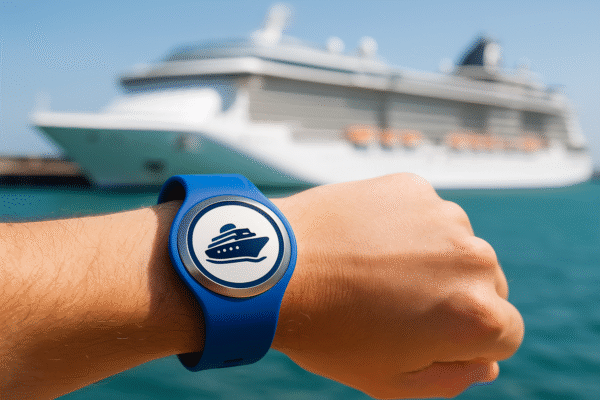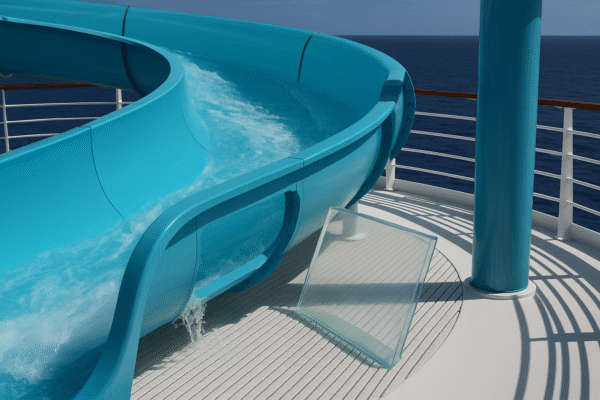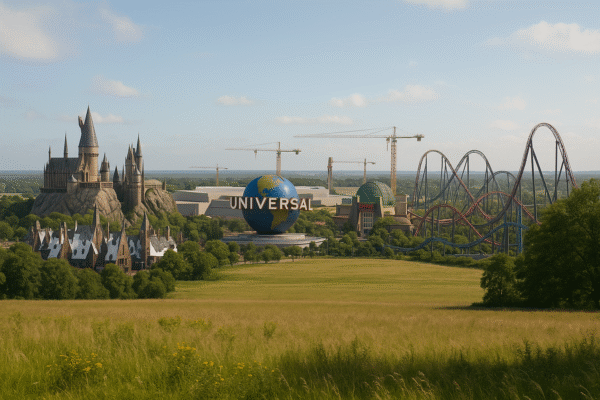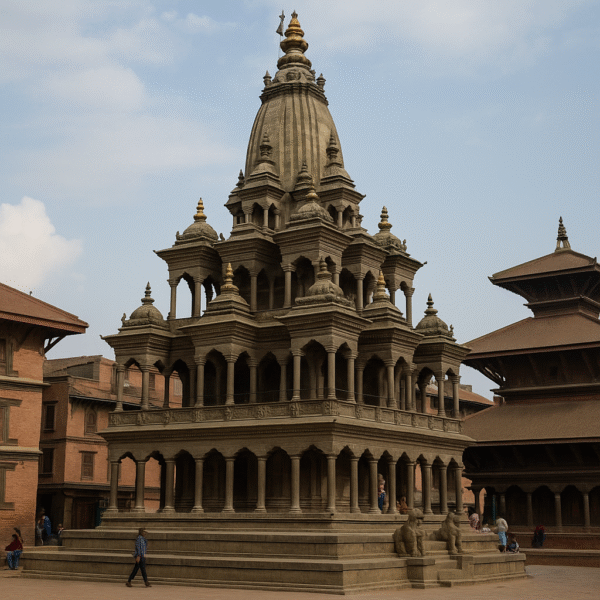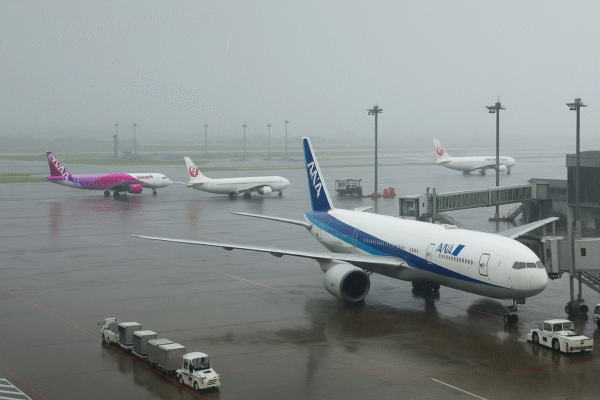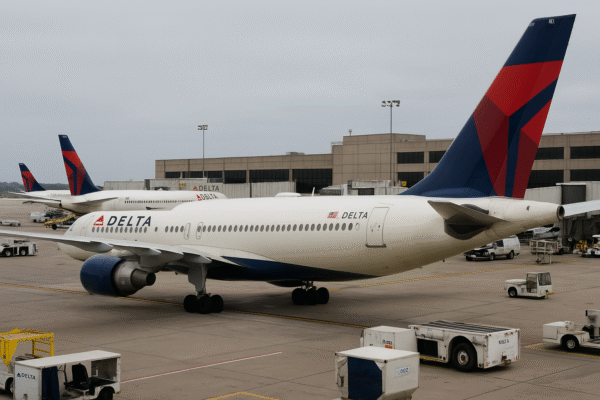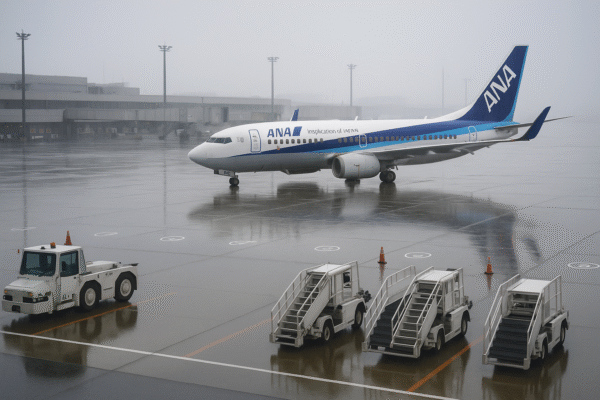Balkan Tourism’s Record-Breaking Rise in 2025
The Balkans have stepped into the spotlight of European travel in 2025, with Albania, Slovenia, Bosnia and Herzegovina, and Montenegro recording exceptional visitor growth. Once overshadowed by Europe’s long-established tourism giants, these nations now stand out for their affordability, cultural authenticity, stunning landscapes, and improved accessibility.
Albania: From Hidden Gem to Tourism Powerhouse
Albania has transformed from a little-known coastal retreat into one of Europe’s fastest-growing destinations. In the first half of 2025, it welcomed over 4.7 million foreign visitors, marking a healthy year-on-year increase. April alone saw close to 1.5 million total entries, including domestic and international travelers.
Tourism’s economic contribution has grown substantially, now representing more than a quarter of Albania’s GDP—up from just over 20% a few years ago. With investments in infrastructure, including expanded airports and new road tunnels, travel within the country has become more convenient. Visitors are drawn to the Albanian Riviera’s unspoiled beaches, the dramatic Albanian Alps, the Lake Koman ferry route, and Tirana’s cultural landmarks, such as the newly completed Namazgah Mosque. Adventure tourism is also thriving, with hiking, kayaking, and caving among the most popular activities.
Slovenia: Sustainable Travel Leader
Slovenia continues to attract eco-conscious travelers with its blend of nature, culture, and sustainability. While official 2025 totals are still in progress, the country saw steady growth in the first half of the year, building on record numbers in 2024.
Ljubljana, one of Europe’s greenest capitals, remains a hub for visitors, offering a car-free old town, riverside cafés, and vibrant markets. Beyond the capital, Lake Bled, with its postcard-perfect island church, remains a highlight, while Triglav National Park offers alpine adventures for hikers, cyclists, and climbers. Spa towns and thermal resorts provide a wellness-focused contrast to active pursuits. Annual events, such as the Kurentovanje Carnival in Ptuj, keep cultural traditions alive while drawing international visitors.
Bosnia & Herzegovina: Cultural Depth Meets Natural Beauty
Bosnia and Herzegovina has emerged as a standout for travelers seeking authenticity and value. In the early months of 2025, the country recorded over 1.3 million overnight stays from international visitors, reflecting steady growth compared to the previous year. Arrivals have also increased, boosted by expanded flight routes and improved tourism promotion.
Sarajevo enchants with its mix of Ottoman heritage, Austro-Hungarian architecture, and modern cultural scene. The city’s cafés and bazaars are as much a draw as its historic landmarks. Mostar’s Stari Most bridge remains one of Europe’s most photographed attractions, while Kravica Waterfalls and Una National Park offer dramatic natural escapes. Adventure seekers can raft the Neretva River, hike in the Dinaric Alps, or explore the Hutovo Blato wetlands.
Montenegro: Adriatic Jewel on the Rise
Montenegro’s tourism story is one of steady, sustainable growth. Passenger numbers at its main airports in Tivat and Podgorica have risen by around 7% in the first half of 2025, putting the country on track for over 3 million visitors this year.
The Bay of Kotor, with its medieval towns and fjord-like beauty, is a favorite among cruise passengers and independent travelers alike. Inland, Durmitor National Park and the Tara River Canyon offer striking mountain scenery, outdoor sports, and UNESCO-protected landscapes. The country’s ability to blend coastal relaxation with mountain adventure makes it an all-season destination. Summer festivals, combining music, food, and traditional crafts, bring the coastal towns to life.
Why the Balkans Are Booming in 2025
Several factors explain why Albania, Slovenia, Bosnia and Herzegovina, and Montenegro are enjoying unprecedented tourism growth:
- Affordability and Value: Offering lower prices than many Western European countries while delivering high-quality experiences.
- Improved Connectivity: Expanded air routes and transport infrastructure make reaching these destinations easier than ever.
- Authenticity: Rich cultural heritage, preserved traditions, and welcoming hospitality resonate with travelers seeking genuine connections.
- Natural Diversity: From Adriatic beaches to alpine peaks, the variety of landscapes caters to every type of traveler.
- Strategic Tourism Investment: Governments have invested in marketing, infrastructure, and sustainable tourism policies to boost their global profile.
Looking Ahead
- Albania is poised to strengthen its position with new airport developments and further infrastructure upgrades.
- Slovenia is expected to deepen its reputation as a leader in green tourism, potentially increasing wellness and eco-tour offerings.
- Bosnia & Herzegovina could further benefit from heritage restoration projects and expanded adventure tourism.
- Montenegro aims to extend its tourist season by promoting inland destinations alongside its famed coastline.
Conclusion
In 2025, the Balkans are redefining what it means to be a European travel hotspot. Albania’s rapid growth, Slovenia’s sustainable model, Bosnia and Herzegovina’s blend of culture and nature, and Montenegro’s dual coastal-mountain appeal showcase a shared trajectory of success. As travelers increasingly seek destinations that combine value, authenticity, and variety, these once-underrated nations are stepping onto the world stage—ready to compete with Europe’s most iconic locations.
For more travel news like this, keep reading Global Travel Wire

